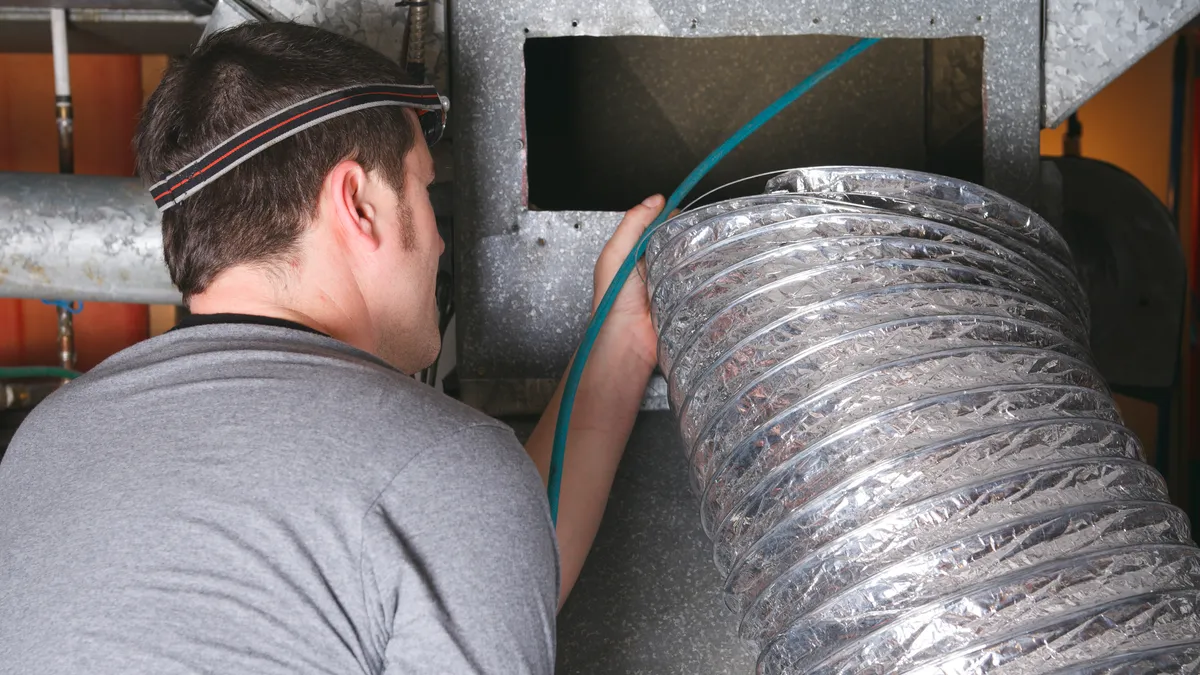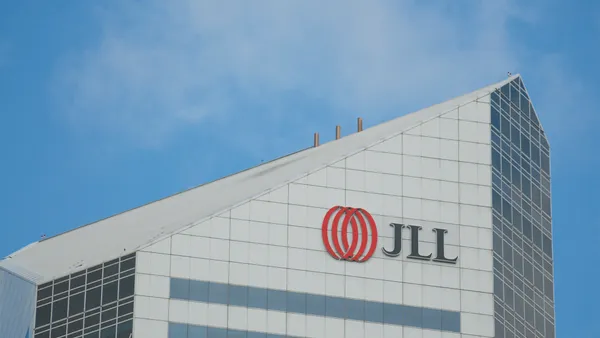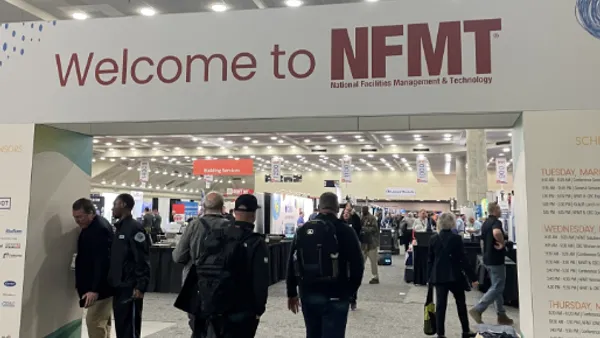Honeywell has been tacking on a 42% surcharge to all R-454B refrigerant orders since mid-February to account for tariff-related costs, the company says in communications it’s had with customers, according to a report in ACHR News, an HVAC trade publication.
“We have reached a point where the cumulative effect of increased costs of raw materials needed to meet demand for 454B is no longer sustainable without affecting reliability and the services we provide,” Honeywell said in a letter to its customers earlier this month, according to the report.
In an email to Facilities Dive, the company declined to comment on the letter. “We do not comment on individual communications with customers,” said Dawn Wotapka, a media contact.
The surcharge follows a 15% increase in February and an 8% hike in March, the report says.
One customer says they’re paying about $500 for a cylinder of the refrigerant, reflecting the price increases imposed since the beginning of the year, according to the report.
In addition to absorbing the higher costs, HVAC contractors have been contending with a shortage of cylinders for the refrigerant, which is one of several A2L refrigerants in demand as building operators work to meet a federal greenhouse gas-reduction requirement that takes effect this year.
“The latest announcement comes at a time when many contractors are struggling to secure enough cylinders of R-454B,” the report says. “With lead times already stretching to months and the busy summer season fast approaching, the combination of limited availability and rising costs is creating serious challenges across the HVACR industry.”
R-454B is a widely used replacement for R-410A refrigerant, which manufacturers are phasing out as they move away from refrigerants that produce a lot of hydrofluorocarbons.
The American Innovation and Manufacturing Act, enacted in 2020, requires companies to transition to A2L refrigerants starting this year. The A2L refrigerants are considered safer and more environmentally friendly, although they tend to come with higher costs because they’re more expensive to produce and require additional safety measures.
The transition to A2L refrigerants is expected to increase costs to the HVAC industry by about 10%, according to a William Blair analysis. That was before the additional pricing uncertainty triggered by the launch, and then subsequent pause, of across-the-board tariffs the Trump administration announced in early April.
Continuing tariffs on steel, aluminum and other materials from China are among the factors contributing to higher costs, the William Blair analysis says.















